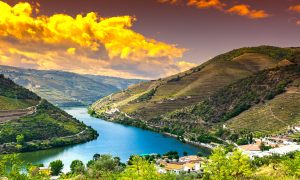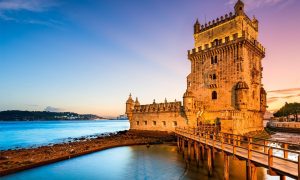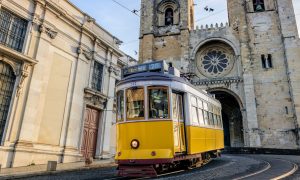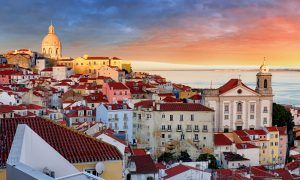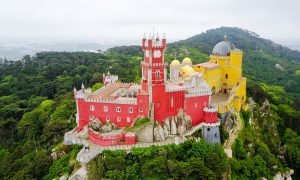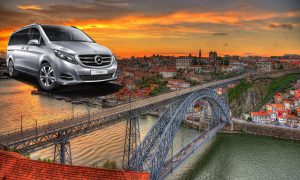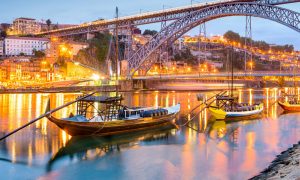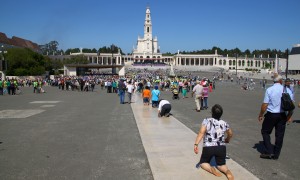Rossio Square, Lisbon: A Timeless Beauty Etched in History
In the heart of Lisbon, Portugal’s vibrant capital, lies a square that has been a witness to the city’s rich history and cultural evolution. Rossio Square, or Praça do Rossio as it is locally known, is more than just a popular tourist destination. It is a living testament to Lisbon’s past, present, and future.
Rossio Square is located in the Baixa district, the bustling downtown area of Lisbon. The square has been a central hub of the city for centuries, serving as a meeting place for locals, a stage for political protests, bullfights, festivals, and even executions during the Inquisition. Today, it is a lively spot filled with cafes, shops, and restaurants, where both locals and tourists gather to enjoy the city’s vibrant atmosphere.
The history of Rossio Square dates back to the Middle Ages when it was a simple open space outside the city walls. However, it was during the late 13th and early 14th centuries that the square began to take shape as a significant urban area. King Dinis I ordered the construction of the All-Saints Hospital on the square’s northern side, which brought more activity to the area.
The devastating earthquake of 1755, which destroyed much of Lisbon, also left its mark on Rossio Square. The All-Saints Hospital was completely destroyed. However, under the leadership of Marquis de Pombal, who was responsible for the city’s reconstruction, the square was redesigned and rebuilt. The new design included a symmetrical layout with two baroque fountains on each end and a statue of King Pedro IV in the center.
The square’s most distinctive feature is its wave-patterned cobblestone pavement. This design, known as “calçada portuguesa,” is a traditional style seen throughout Portugal. The black and white stones are arranged in a way that creates the illusion of waves, adding a unique charm to the square.
On the northern side of the square stands the impressive Dona Maria II National Theatre, a neoclassical building that replaced the destroyed All-Saints Hospital. The theatre, named after Queen Maria II, was inaugurated in 1846 and has since been a significant cultural venue in Lisbon.
Rossio Square is also home to two identical baroque fountains, one on each end of the square. These fountains, imported from France in the 19th century, add a touch of elegance to the square. In the center stands a bronze statue of King Pedro IV, holding the Portuguese Constitution. At the base of the statue are four female figures, representing Justice, Wisdom, Strength, and Moderation, virtues attributed to Pedro IV.
Another notable feature of Rossio Square is the Rossio Train Station. This 19th-century neo-Manueline building is not only a functional train station but also an architectural gem. Its intricate façade, inspired by the Manueline style of architecture prominent during the Age of Discoveries, is a sight to behold.
Rossio Square has been a silent witness to many historical events. During the Inquisition, it was the site of public executions, known as “autos de fé.” In more recent history, it was here that the Carnation Revolution began in 1974, leading to the fall of Portugal’s dictatorship.
Today, Rossio Square is a bustling hub filled with activity. The square is lined with traditional Portuguese cafes and restaurants, including the famous Café Nicola, a Lisbon institution since the 18th century. Here, locals and tourists alike can enjoy a cup of coffee or a glass of ginjinha, a local cherry liqueur, while soaking up the vibrant atmosphere.
The square is also a popular spot for various events and festivals. During the annual Festas de Lisboa, the square comes alive with music, dance, and decorations. It is also a popular venue for political rallies and demonstrations, continuing its legacy as a gathering place for the people of Lisbon.
Rossio Square is more than just a beautiful space in the heart of Lisbon. It is a symbol of the city’s resilience, a testament to its rich history, and a vibrant hub that embodies the spirit of Lisbon. Whether you’re a history buff, an architecture enthusiast, or simply a traveler seeking to experience the local culture, Rossio Square has something to offer.
Rossio Square is not just a place but an experience. It’s a place where history meets modernity, where locals meet tourists, where the past meets the present. A visit to Lisbon would be incomplete without a stroll through this historic square. So, when you find yourself in Lisbon, make sure to take a moment to sit by one of the fountains, sip on a café or ginjinha, and watch as the story of Lisbon unfolds before your eyes in Rossio Square.
- Embracing the Good Life Abroad: Discover the Magic of The Good Life Abroad in Lisbon - May 26, 2024
- Exploring Lisbon’s Museums: A Cultural Journey - May 25, 2024
- Vineyard Dreams: Top 5 Heartfelt Wines of Portugal - May 25, 2024



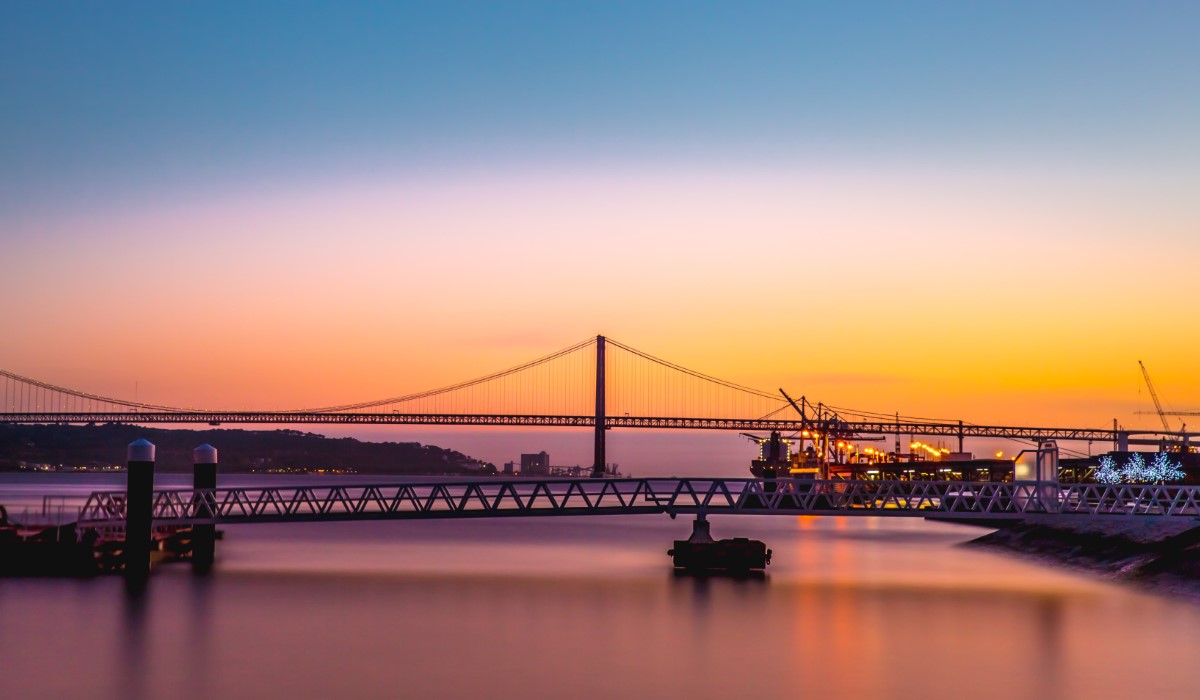
![[MUST READ] Lisbon Best ViewPoints Revealed [MUST READ] Lisbon Best ViewPoints Revealed](https://lisbonguide.org/wp-content/plugins/contextual-related-posts/default.png)



